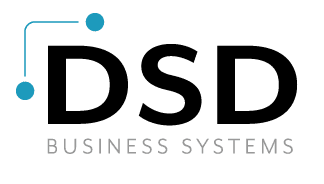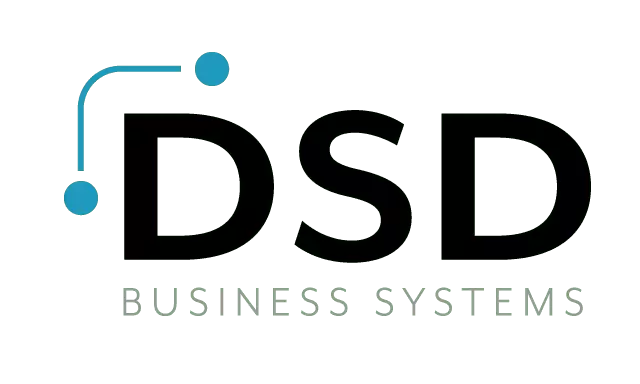How to Create an Accounting System Needs Analysis
January 3, 2017

An accounting system needs analysis allows companies to seek out the source of inefficiencies, revamp accounting efforts, and boost productivity levels. An outdated or unsuitable accounting system can sap a company’s resources and ultimately lower profitability. Learn how to create an accounting system needs analysis to enable the change a business may need. Study the accounting system, identify its purposes, and create a strategy to reach goals to stay ahead of the curve.
Step 1: Identify Your Goals
- The first step is to begin a basic discussion of how to approach the evaluation process. Identify the purpose of the accounting system needs analysis. Are you performing the analysis because you believe you’ve outgrown your current system? Or is there a new technology that may be a better fit? Whether you’ve already noticed accounting inefficiencies or simply want to make sure your company is operating optimally, keep your goals in mind throughout the process and get everyone on your team on the same page.
Step 2: Create the Accounting System Needs Analysis
Here is how to create an accounting system needs analysis in a few easy steps. Compile a list of answers to these questions below:
Accounting Systems Analysis
- Which modules does your department currently use? Identify all the information that flows through the accounting system and the accounting modules your department requires.
- Determine the information sharing requirements between the accounting system and other departments.
- Make a list of all categories of accounting transaction your department performs.
- Calculate the total number of transactions in each category performed for a typical accounting period.
- Determine all the different types of accounting reports used by your department.
Determine Accounting Requirements
Now that you have a comprehensive view of your current accounting system, examine what specific reporting and data-retrieval requirements you need.
6. Define the specific data retrieval and reporting requirements.
7. Specify the custom reporting requirements.
8. Determine how many users will have administrative access to the system.
9. Ascertain the level of accounting and computer experience of potential system users
Your accounting software will need to match the skill level of your accountants, or at least be comprehensive enough to facilitate easy adoption. Purchasing new accounting software won’t help your company if your accountants aren’t able to use it to its fullest potential. Gather this information in a clean, precise document where you can see what your department is currently doing versus what you would like it to do. Once you have a detailed understanding of your current system and its usage, you can begin to compare it with what your department actually needs.
Step 3: Browse for a Better Solution
If you’ve heard of new business accounting software that you’re curious about, now is the time to investigate if it’s right for your company. Look at your list of solutions you do not currently have, but wish you did. Find accounting system software that matches this list and is appropriate for your company.
Step 4: Enjoy Increased Efficiency
An accounting system needs analysis is the only way to gauge how well your current system matches business needs. Perform an evaluation sooner rather than later – before you discover losses. Remember, it will take a financial investment to improve your accounting system, but it’s necessary if you want to achieve efficiency and avoid preventable losses. The returns on investment you’ll enjoy will be well worth the price if you find the ideal software for your needs.

















